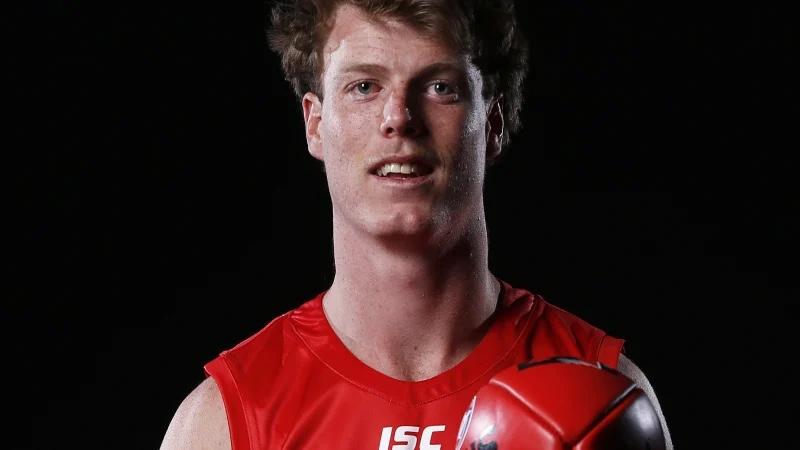GraphiteAluminium
Rookie
- Apr 2, 2021
- 28
- 83
- AFL Club
- Western Bulldogs
- Banned
- #1
Why should tackles be penalised because a hand grabs the top of the shoulder instead of the side?
I can understand protecting the head, but why do shoulders need to be protected by the rules? An exciting run-down tackle by Hind was completely ruined because his hand touched Jack Billings
' precious shoulder.
I can understand protecting the head, but why do shoulders need to be protected by the rules? An exciting run-down tackle by Hind was completely ruined because his hand touched Jack Billings
PLAYERCARDSTART
14
Jack Billings
- Age
- 28
- Ht
- 185cm
- Wt
- 81kg
- Pos.
- Fwd
Career
Season
Last 5
- D
- 21.3
- 5star
- K
- 11.5
- 4star
- HB
- 9.8
- 5star
- M
- 5.1
- 5star
- T
- 2.9
- 4star
- G
- 0.7
- 4star
- D
- 19.7
- 5star
- K
- 11.7
- 5star
- HB
- 8.0
- 4star
- M
- 4.7
- 4star
- T
- 2.9
- 4star
- G
- 1.0
- 4star
- D
- 13.8
- 4star
- K
- 9.2
- 4star
- HB
- 4.6
- 4star
- M
- 5.2
- 5star
- T
- 1.6
- 4star
- G
- 1.2
- 4star
PLAYERCARDEND



